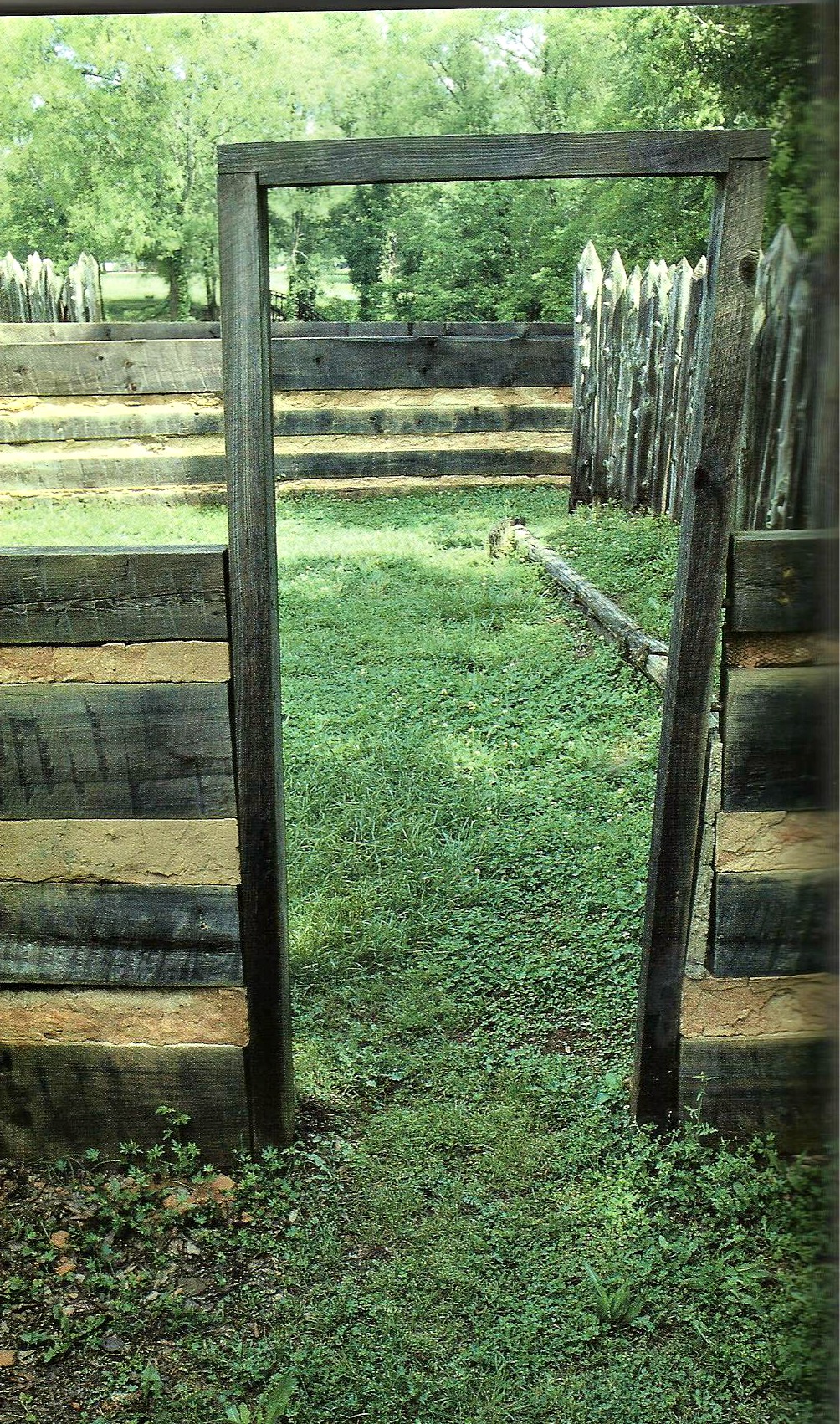Greenwood County South Carolina Genealogy
Greenwood County takes its name from its county seat, Greenwood. The town of Greenwood was named around 1824 for the plantation of an early resident, John McGehee. Greenwood County was formed in 1897 from parts of Abbeville and Edgefield counties, which were originally part of the old Ninety-Six District. This part of the backcountry was not settled until the mid-eighteenth century. The town of Ninety Six was established as a frontier trading post around 1730, and it was the site in November 1775 of one of the first South Carolina battles of the American Revolution. In May 1781 American forces besieged the British-held Star Fort at Ninety-Six for over a month but were forced to withdraw when British reinforcements approached. The arrival of the railroad in 1852 stimulated cotton growing and textile manufacturing in this area. Local plantation owner Francis Salvador (1747-1776), who was killed fighting Cherokees during the Revolutionary War, was the first Jewish person elected to the state legislature. United States Congressman Preston Smith Brooks (1819-1857) and educator Benjamin Mays (1894-1984) were also residents of Greenwood County.
Our Hidden Past Lives On
Tips by Jeannette Holland Austin
Here you are living your life, and one day, a historian or genealogist comes along and digs deeply into the records, even obscure records, like deeds, wills, estates, old newspapers, and church registers. The discovery might be something you thought history would forget. However, it is amazing how much personal data we leave behind. And what the records do not provide, we can piece together with local histories and events. For example, do you know what drove your families to South Carolina and where did these immigrants hail from? A general answer is that they were Germans and Scotch-Irish immigrants who were seeking religious freedom, rich soil and a prosperous life. But there is more! Witnesses to documents, neighbors, church burials, census records, and marriages provide a host of friends and the community life of your families.


The Town of Ninety-Six
A trading post was established in 1730 named Ninety Six. It was named for the estimated ninety-six miles separating the site from the Cherokee trading post at Keowee at the end of the Cherokee Path. A town developed around this region in 1769 and was a Loyalist stronghold. The location is southeast of Ninety-Six on Route 248. At the time, the fort was the strongest inland fort in South Carolina. The first battle of the American Revolution was fought here in 1775 and represented the longest siege of the Continental Army. During the summer of 1780, Major Patrick Ferguson mustered a force of some 4,000 Loyalists and built a stockade fence around Ninety Six. Loyalist Colonel John Harris Cruger was the commanding officer when General Nathanael Greene led 1,000 Patriots against the Loyalist stronghold for 28 days. Afterward, the British abandoned this old fort in the backcountry. However, a good many little towns such as this developed around the skirmishes by the militia in South Carolina during the war when the British controlled Charleston and its port and the primary objective was to prevent the British from also seizing Augusta.